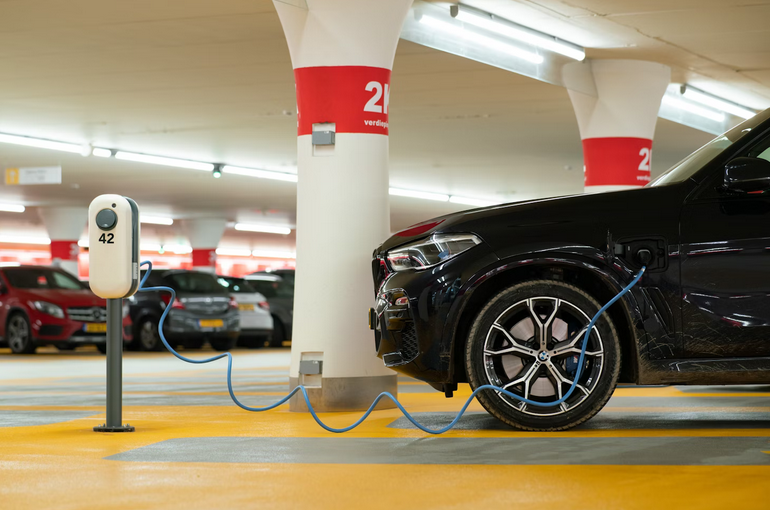From Tesla’s cutting-edge technology to Chevrolet’s affordable options, the electric vehicle industry is booming. However, as this innovative sector continues to grow, it faces a myriad of challenges that threaten its success. In this blog post, we will delve into the top hurdles facing the electric vehicle industry and explore how these obstacles can be overcome to drive us toward a more sustainable future on wheels.
Infrastructure Development
One of the primary challenges hindering the widespread adoption of electric vehicles is the insufficient charging infrastructure. Range anxiety, the fear of running out of battery power, remains a significant concern for potential EV owners. Expanding and enhancing the charging network, both in urban areas and along highways, is crucial for instilling confidence in EV users. Collaboration between governments, private entities, and automotive manufacturers is essential to accelerate the development of a robust charging infrastructure.
Battery Technology and Cost
While advancements in battery technology have significantly improved the range and performance of electric vehicles, challenges persist. The cost of manufacturing high-capacity batteries remains a significant barrier to making EVs more affordable for the mass market. Research and development efforts are ongoing to enhance battery efficiency and reduce costs. Government incentives and subsidies play a crucial role in driving these advancements and making electric vehicles more economically viable for consumers.
Limited Model Variety and Consumer Awareness

The electric vehicle market is still in its infancy compared to traditional internal combustion engine vehicles. Limited model variety and consumer awareness pose challenges to the widespread adoption of electric vehicles. Manufacturers need to diversify their offerings, catering to different market segments and preferences. Simultaneously, increasing awareness through education campaigns and showcasing the benefits of EV ownership can contribute to changing consumer perceptions.
Supply Chain Constraints
The global transition to electric vehicles has placed a strain on the supply chain for critical components, such as lithium, cobalt, and rare earth metals used in batteries. Ensuring a sustainable and ethical supply chain, free from environmental and human rights concerns, is a priority. Diversification of suppliers and investments in recycling technologies are avenues to mitigate these challenges and create a more resilient supply chain for the growing demand for EVs.
Vehicle Range and Charging Speed
While electric vehicle ranges have improved, there is still room for enhancement to meet consumer expectations and encourage broader adoption. Additionally, the time it takes to charge an electric vehicle remains a concern. Developing technologies that allow for faster charging without compromising battery life, along with continued advancements in energy density, are critical for addressing these challenges and ensuring EVs are a practical choice for daily use.
Government Policies and Incentives
Government policies play a pivotal role in shaping the trajectory of the electric vehicle industry. Inconsistent or insufficient policies can impede growth, while supportive regulations and incentives can accelerate adoption. Governments worldwide need to establish clear, long-term policies that promote electric vehicle production, investment in charging infrastructure, and consumer incentives. A harmonized global approach can create a conducive environment for sustainable growth.
Recycling and End-of-Life Considerations
As the number of electric vehicles on the road increases, the industry must address concerns related to battery recycling and end-of-life disposal. Developing efficient recycling methods for lithium-ion batteries and establishing responsible disposal practices are critical for minimizing environmental impact. Collaboration between manufacturers, recyclers, and regulatory bodies is essential to create a circular economy for electric vehicle batteries.
The challenges facing the electric vehicle industry are complex, but they are not insurmountable. Addressing these issues requires a multifaceted approach that involves collaboration between governments, industry stakeholders, and the public. Continued research and development, investments in infrastructure, supply chain resilience, and supportive government policies are key components of overcoming these challenges.
